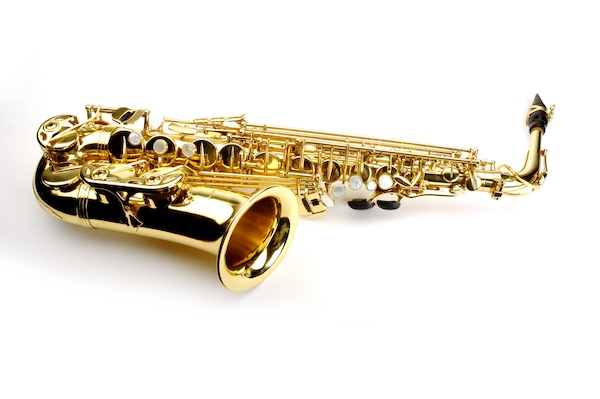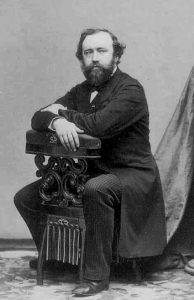
Saxophone Sheet Music
The History of the Saxophone
The saxophone is a versatile and expressive woodwind instrument with a rich history that spans over a century and a half. The Belgian instrument maker, Adolphe Sax, invented the Saxophone in the early 1840’s. Once it was accepted by the musical world it become a staple in various musical genres, from classical to jazz and beyond. Here’s a look at the fascinating history of this iconic instrument and links to some of our favourite classical music arranged for the saxophone.
Sax Invention and Early Development

Adolphe Sax, born in 1814, was an innovative instrument maker and skilled musician. He invented the saxophone in 1840, aiming to create an instrument that combined the projection of brass with the agility of woodwinds. By 1846, Sax had patented the saxophone family, which originally included instruments in several keys and sizes, from sopranino to contrabass.
The saxophone’s unique sound and versatility quickly gained attention. It was designed with a single-reed mouthpiece like a clarinet but had a conical metal body, giving it a distinctive voice. Sax intended the instrument to bridge the gap between brass and woodwinds, making it suitable for both military and orchestral use.
I Dreamt that I Dwelt in Marble Halls by Balfe is a lovely piece for the Tenor Sax.
Saxophone Introduction to Classical Music
The saxophone was first introduced to the classical music world in the mid-19th century. Hector Berlioz, a prominent composer and conductor, was an early advocate. He recognised the instrument’s potential for orchestral music. Because of this, Berlioz’s endorsement helped the saxophone gain initial acceptance. Composers like Georges Bizet and Jules Massenet began incorporating it into their works.
Despite its early promise, the saxophone struggled to secure a permanent place in the classical orchestra. Traditionalists often viewed it as too modern or unconventional, and its use remained relatively limited in classical compositions.
Preludes Book1, Fille aux Cheveux de Lin for Soprano Sax by Debussy is a gentle and calming piece.
Rise in Military Bands and Early Jazz
The saxophone found a more welcoming home in military bands, where its powerful sound and expressive range were highly valued. So by the late 19th and early 20th centuries, saxophones were standard in military and marching bands across Europe and the United States.
The early 20th century also saw the saxophone’s pivotal role in the birth of jazz. As jazz emerged in New Orleans and spread throughout the United States, the saxophone became a central instrument in the genre. Legendary musicians like Sidney Bechet and Coleman Hawkins showcased the saxophone’s potential for improvisation and emotional expression. This solidified its place in jazz history.
Our arrangement of Maple Leaf Rag by Joplin for Baritone Sax
Evolution of the Sax in Jazz and Popular Music
The saxophone’s popularity soared in the 1920s and 1930s during the Jazz Age and the Swing Era. It became a defining sound in big bands and jazz ensembles. Icons like Lester Young, Charlie Parker and John Coltrane pushing the boundaries of the instrument. Parker and Coltrane, in particular, revolutionized the saxophone’s role in bebop and modern jazz, exploring complex harmonies and lightning-fast improvisations.
The mid-20th century saw the saxophone’s expansion into other genres, including rhythm and blues, rock and roll, and soul. Saxophonists like King Curtis and Junior Walker brought the instrument’s powerful voice to popular music so influencing countless artists and bands.
Tango Op.165, No.2 for Alto Sax by Albeniz is a well known piece influenced by Spanish dance music.
The Saxophone Today
Today, the saxophone is a versatile instrument played in various musical settings. It remains a staple in jazz, classical, rock, pop, and contemporary music. Its ability to convey a wide range of emotions and styles continues to captivate audiences and inspire musicians worldwide.
From its creation by Adolphe Sax to its key role in many music styles, the saxophone’s story shows its lasting popularity and flexibility. The saxophone’s deep, expressive sound still connects with listeners worldwide, whether played by a classical soloist or a jazz musician.
Browse our catalogue for Alto Sax, Baritone Sax, Soprano Sax and Tenor Sax sheet music to download, print and play.
Pingback: Ave Maria - Wedding Favorite